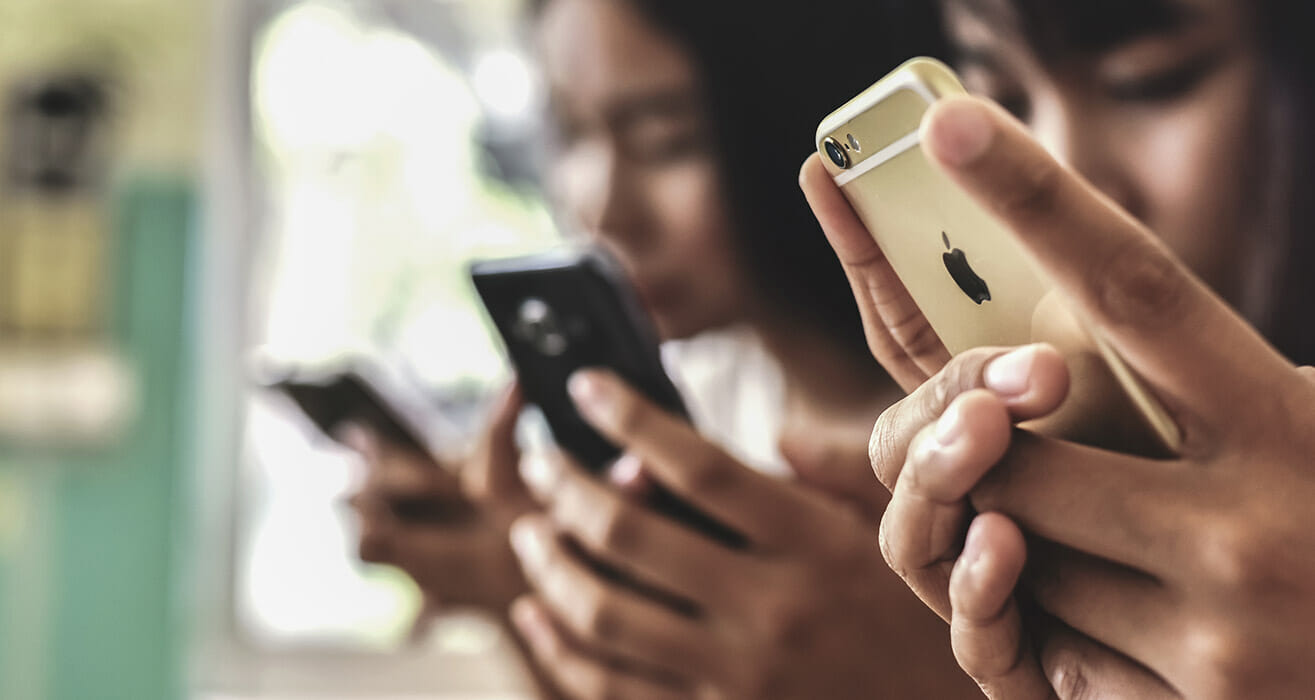As Covid restrictions begin to lift, the stress brought upon by the pandemic continues to weigh down on the world’s youngest. The pandemic hit us suddenly, robbing young people of life opportunities, cutting off their support systems, and instilling a prolonged wave of uncertainty and fear that ate away at a significant chunk of their lives.
Though Gen Z can now meet up with their friends restriction-free, the psychological effect of associating socializing with danger for so long means that 40% of Gen Z are now afraid of meeting people face-to-face (Princes Trust). What young people longed for during the beginning of the pandemic is now a source of panic, completely avoided out of fear.
46% of Gen Z have said the pandemic has made it harder to pursue their education or career goals, which is no surprise considering the amount of learning missed, and in such little time to prepare, online school could not fully mend this information gap (AP NORC). Opportunities that will never come again, such as important exams, study abroad experiences, school performances, and class activities were all cut short, leaving children to fall behind academically, and in doing so hindering their confidence. Young workers were also the least likely to receive financial support for unemployment, which has left Gen Z feeling as if they were forgotten, overlooked and last on the government’s priority list.
Mental health issues were exasperated during the pandemic, from rises in health anxiety, eating disorders due to restriction in food, worsening of contamination/checking OCD, and depression from social isolation. Governments however, have done little to accommodate, dawning what has been dubbed as the “Second Pandemic.” Traditional sources of help for teens such as CAMHs have now been deemed appalling, with extremely long waiting lists that leave 28% of 11-to-18-year olds waiting 12 months or more for support. Young people are also rejected for treatment if their conditions do not meet CAMHs high thresholds, allowing their mental state to worsen until it does (Stem 4). When children are left without support due to waiting lists or refusal, we need to find new solutions, and animation via social media can be one of them, providing support that is both immediate and accessible to those who need it.
Support can better reach Gen Z when it’s posted on the platforms they spend the most time on: social media. The pandemic has been overwhelming for young people, and animation can take these stressful, big ideas and make them approachable and easy to digest in a digital environment that is familiar to them. These videos can also reach people fast via the shares and explore pages, which is critical when traditional forms of help are so slow. Comments on these posts can help people see that they are not alone, and connection is needed now more than ever. While animation alone is not enough to treat this second pandemic, it is still greatly needed, and will play its part in helping young people through it.
If you would like to learn more about how animation can help young people with their mental health, feel free to contact us at hello@shootyou.co.uk



